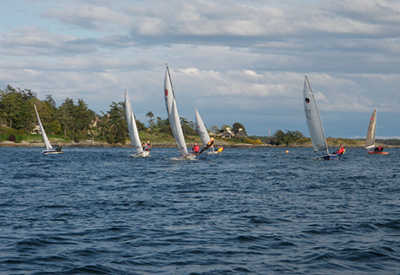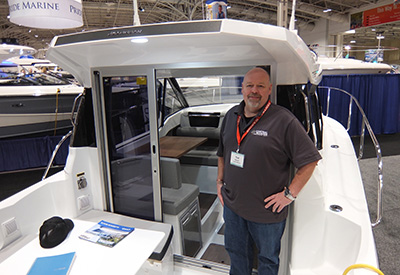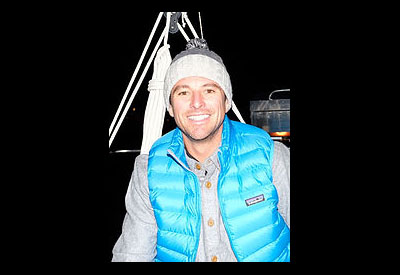Destinations: Glendale Cove, Knight Inlet
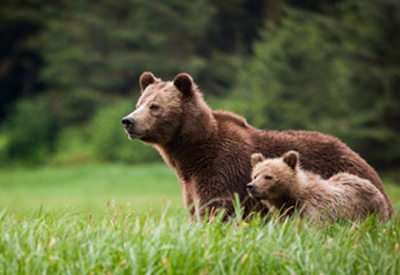
June 11, 2020
If you’re planning to cruise the inside Coast between Vancouver Island and the mainland of British Columbia, then make sure you put Glendale Cove and Knight Inlet on your itinerary.
Glendale Cove is an uninhabited locality that was the site of a cannery owned by Francis Millerd & Co., located on the south side of Knight Inlet in the Central Coast of British Columbia, Canada. The cannery was located on the east side of the cove. Somewhere in the vicinity was a village of the Kwakwaka’wakw named Zalidis.
In the wild and pristine Pacific Northwest, a few select travellers can enjoy the incomparable thrill of encounters with massive brown bears, soaring bald eagles and large pods of orcas. Most viewing is done from boats, which allows you to get remarkably close.
Situated 70 kilometres north of Campbell River, Glendale Cove used to be the site of a cannery as well as a First Nations village. However, nowadays this location is renowned for having one of the largest concentrations of brown (grizzly) bears in Canada. The number of bears only grows when the inlet’s abundant salmon run beings in earnest in the late summer months, which leads to unrivalled opportunities to watch and photograph these magnificent creatures.
This remote area can be a place of immense silence in the calm of the temperate rainforest, and one of immense power in the face of the many thundering waterfalls that are fed by glaciers. Knight Inlet and Glendale Cove really start to come alive from late April onwards when bears emerge from hibernation and are eager to feed on the succulent spring growth – you can see as many as 15 grizzly bears and five black bears feeding on sedge grasses, mussels and barnacles along the shoreline. This is the time to see newborn cubs as they venture out for the first time with their cautious mothers. Most viewing is done from boats, which allows you to get remarkably close. Seeing bears at eye level without disturbing them is an unforgettable experience, and offers some of the year’s best photographic opportunities, with lush vegetation and spectacular backdrops.
Video Knight Inlet
{videobox}https://youtu.be/x72dR45itfI{/videobox}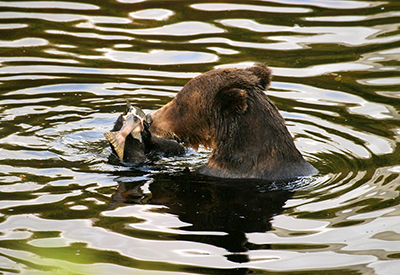 Knight Inlet or Tsawatti or Tswawadwi is one of the principal inlets of the British Columbia Coast, and the largest of the major inlets in the southern part of the Coast. It is fifth in sequence of the great saltwater inlets north from the 49th parallel north near Vancouver, but it is the first whose outflow points away from the Strait of Georgia, opening into Queen Charlotte Strait at the Kwakwaka’wakw community of Memkumlis on Village Island.
Knight Inlet or Tsawatti or Tswawadwi is one of the principal inlets of the British Columbia Coast, and the largest of the major inlets in the southern part of the Coast. It is fifth in sequence of the great saltwater inlets north from the 49th parallel north near Vancouver, but it is the first whose outflow points away from the Strait of Georgia, opening into Queen Charlotte Strait at the Kwakwaka’wakw community of Memkumlis on Village Island.
Towards the end of August hundreds of thousands of pink salmon start to surge up the inlet into the Glendale River, attracting dozens of grizzlies who converge on the channels where they spawn to gorge themselves and fatten up in preparation for the coming winter – this really is a must-see wildlife spectacle.


